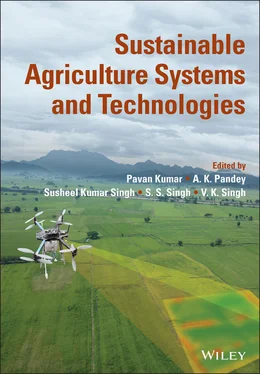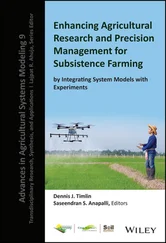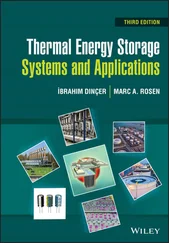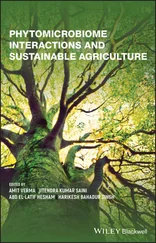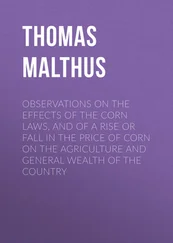Sustainable Agriculture Systems and Technologies
Здесь есть возможность читать онлайн «Sustainable Agriculture Systems and Technologies» — ознакомительный отрывок электронной книги совершенно бесплатно, а после прочтения отрывка купить полную версию. В некоторых случаях можно слушать аудио, скачать через торрент в формате fb2 и присутствует краткое содержание. Жанр: unrecognised, на английском языке. Описание произведения, (предисловие) а так же отзывы посетителей доступны на портале библиотеки ЛибКат.
- Название:Sustainable Agriculture Systems and Technologies
- Автор:
- Жанр:
- Год:неизвестен
- ISBN:нет данных
- Рейтинг книги:5 / 5. Голосов: 1
-
Избранное:Добавить в избранное
- Отзывы:
-
Ваша оценка:
- 100
- 1
- 2
- 3
- 4
- 5
Sustainable Agriculture Systems and Technologies: краткое содержание, описание и аннотация
Предлагаем к чтению аннотацию, описание, краткое содержание или предисловие (зависит от того, что написал сам автор книги «Sustainable Agriculture Systems and Technologies»). Если вы не нашли необходимую информацию о книге — напишите в комментариях, мы постараемся отыскать её.
A robust treatment of traditional and new techniques in sustainable agriculture Sustainable Agriculture Systems and Technologies,
Sustainable Agriculture Systems and Technologies
Sustainable Agriculture Systems and Technologies — читать онлайн ознакомительный отрывок
Ниже представлен текст книги, разбитый по страницам. Система сохранения места последней прочитанной страницы, позволяет с удобством читать онлайн бесплатно книгу «Sustainable Agriculture Systems and Technologies», без необходимости каждый раз заново искать на чём Вы остановились. Поставьте закладку, и сможете в любой момент перейти на страницу, на которой закончили чтение.
Интервал:
Закладка:
2.2 The Need for Agricultural Diversification for Sustained Livelihood
The size of holdings is declining across the world, more especially in developing countries. In India, almost 86% of the farmers are small and marginal (<1.0 ha) for whom agriculture has become cost‐intensive due to escalating prices of agro‐inputs, labor, and energy, etc. The decreasing landholding size and mono‐cropping types of crop cultivation poses grave challenges to the profitability and overall livelihood of the farmers. Achieving economic sustainability in such agricultural production system necessitates coherent linkage of climate‐smart agriculture with the farmer's needs. In this context, integration of cropping with other farming enterprises under agricultural diversification as integrated farming system (IFS) can ensure enhanced system productivity, resource‐use efficiency, and improved livelihood. Research evidences across the country clearly reveals that the complementary coexistence of diverse crops and other farm enterprises can provide an array of benefits in meeting out the growing demands for food and nutrition rich dietary, income stabilization, and livelihood upliftment while conserving ecological balance and environment, particularly for small holders with limited resources (Singh et al. 2020).
This is of utmost important to maintain ecosystem services adequately for ensuring sustainability in farming. The direct and indirect aids of ecosystems to plant–animal–human continuum are included mainly under the ecosystem services (TEEB 2010). Crop diversification, a type of cropping now has been widely recognized to maintain balance between human needs and ecosystem system services. It is a type of cropping with more number of the crop species. Agricultural diversification can safe guard greater food and nutritional security, minimizing environmental degradation, lessening poverty, higher use efficiency of land resources, and also preventing the impact of degradation forces and helping in contesting desertification. Diversification of agriculture opens new vistas for additional environmentally safe, sustainable systems, enhanced livelihood options for farmers. Some of the crops which are presently considered as underutilized can become a potential tool and hence will ensure more ecologically sustainable agricultural production systems and provide newer livelihood options for small holder farmers. As a matter of the fact global food supply relies on 150 crop species. And the most gruesome challenge is that out of the 150 crops, there are only 12 crops which provide around 75% of the world's food demand. This indicates toward one of the most unsustainable land use types for food production practices in the world. The simple fact that three cereal crops like rice, wheat, and maize are the principal source of more than half of the global food energy and that too from a limited number of varieties of the three “mega‐crops” made the agriecosystems very unsustainable. These cereal crops are also very exhaustive in their demand for nutrients and water, which further complicates the problem of resource degradation.
2.3 Crop Diversification and Ecosystem Services
Generally, crop diversification is perceived as a change from the regional supremacy of one crop to regional production of number of the crops to meet ever increasing demand of cereals, pulses, vegetables, fruits, oilseeds, fibers, fodder, grasses, etc., of the human and livestock population. Crop diversification also guarantees higher profits for the growers. It also aims to improve soil health and to maintain dynamic equilibrium of the agroecosystem. Furthermore, in India crop diversification is generally viewed as a shift from traditionally grown less remunerative crops to more remunerative crops. In the present context, the unsustainability of the modern agricultural system, there lies high stack on crop diversification mainly due to disturbance in the ecosystem. The sustainability of agricultural production system can be achieved by maintaining ecosystem services, with the design of appropriate crop diversification plans specific to agro climatic conditions. From Figure 2.1, it can be well understood that among all the agricultural operations/practices, the crop diversification including the agricultural diversification has a greater role to play in maintaining the ecosystem services.
The agroecosystems provide ecosystem services through improved human interventions which have no or very little pressure on environmental resources, ensure recycling of waste products and support large biodiversity as maintained under natural, unmanaged ecosystems. The ecosystems are vital for survival of all living beings. The genetic diversity of crops and livestock, soil health maintenance, and the provision of water sources are some of the very important supporting ecosystem services. Whereas, the regulating services of the ecosystems are in the form of pollinators, which ensures better seed setting, and the presence of the natural enemies control the crop pest within agro‐ecosystems. Natural ecosystems also filter water and normalize its flow into agricultural systems. Therefore, crop diversification create favourable conditions for smooth functioning of the ecosystem services. This ultimately improves the overall health of the ecosystem which are essential for survival and well‐being of mankind. It also ensures enhanced floral and faunal diversity, better pollination, natural pest management, efficient nutrient cycling, soil fertility, and water regulation without compromising on crop yields. Sustainable agronomic management targets above and below ground biodiversity, ensures better pest management, improved water regulation, enhanced nutrient cycling, and improved soil health.
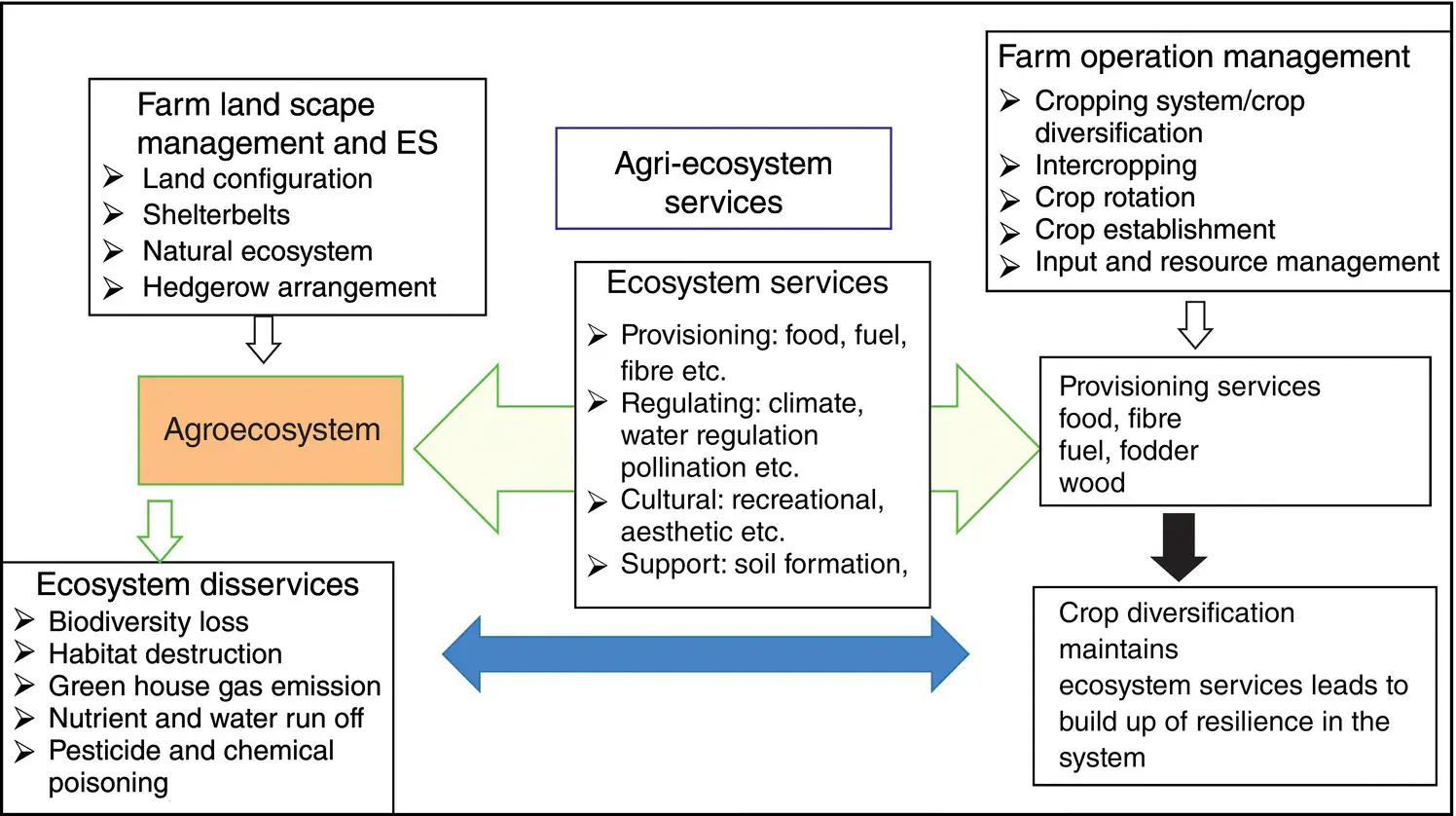
Figure 2.1 Crop diversification maintains many of the ecosystem services and hence also maintains the resilience in the production systems.
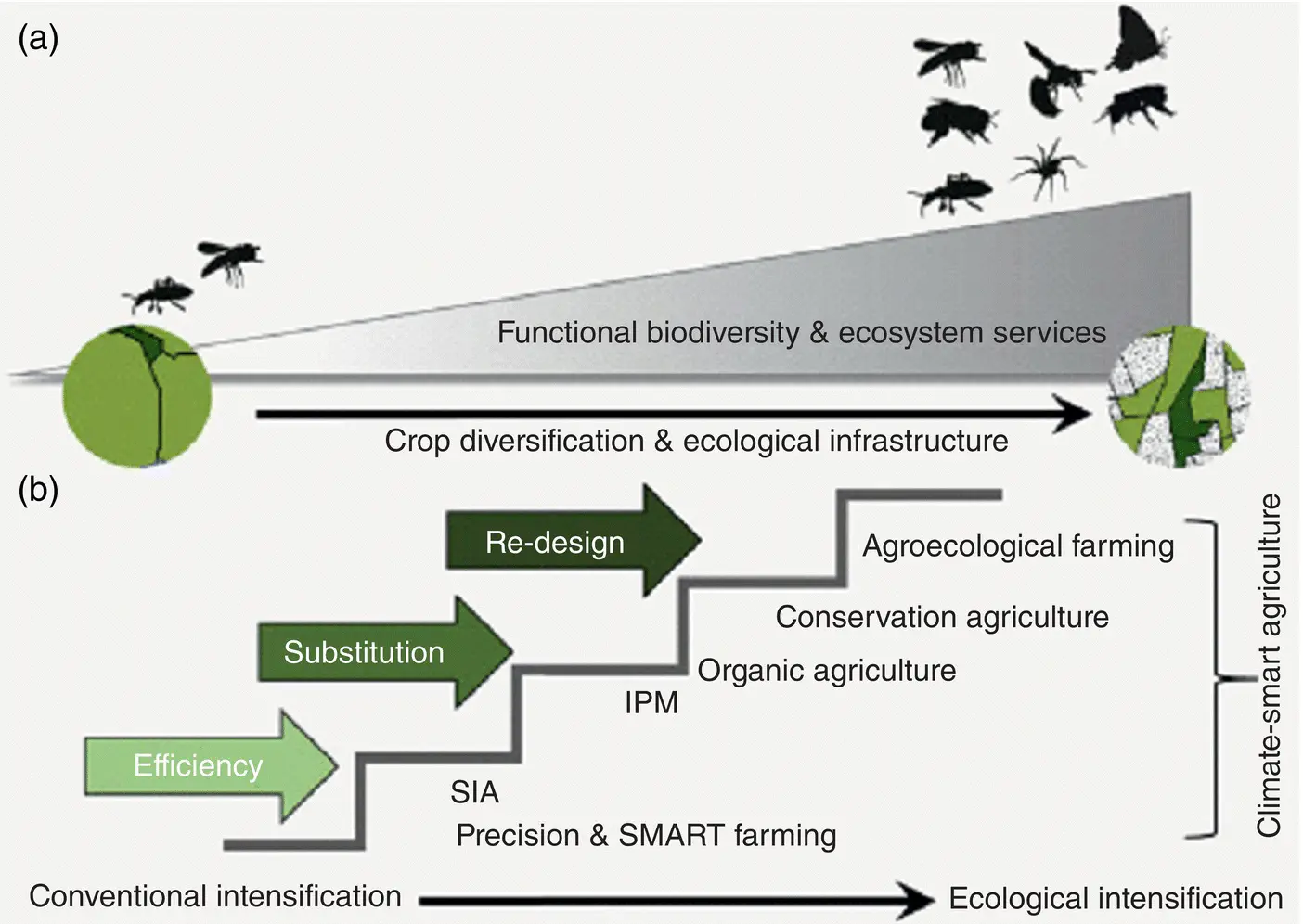
Figure 2.2(a) Functional biodiversity delivering ecosystem services (e.g. pollination, natural biocontrol) in support of crop yields along a gradient of crop diversification and ecological infrastructure and (b) alternative options (efficiency, substitution, redesign) for farm management systems situated on a continuum from conventional agricultural intensification to ecological intensification.
( See insert for color representation of the figure .)
Even under stressed ecologies (poor soil fertility, dry land scenario, abiotic, and biotic stresses), the crop diversification and growing of large number of crops are widely recommended to reduce the risk factor of crop failures. For the majority of farmers in different parts of the country, the gains from application of scientific tools and technologies in agriculture are yet to be realized. On realization, it will help in greater expansion of crop diversification in many areas. It is hard fact that the productivity levels of many major crops in India do not match with the yields obtained in agriculturally advanced countries even under predominant rice–wheat system. On the other hand, as a result of growing few crops in large areas, many problems in the forms of increasing biotic and abiotic stresses are emerging. Therefore, diversification of predominant cropping system in India will bring the new dawn of prosperity and resilience in agricultural production system. Therefore, efficient and effective crop diversification is a crucial for the sustainability of Indian agriculture.
Читать дальшеИнтервал:
Закладка:
Похожие книги на «Sustainable Agriculture Systems and Technologies»
Представляем Вашему вниманию похожие книги на «Sustainable Agriculture Systems and Technologies» списком для выбора. Мы отобрали схожую по названию и смыслу литературу в надежде предоставить читателям больше вариантов отыскать новые, интересные, ещё непрочитанные произведения.
Обсуждение, отзывы о книге «Sustainable Agriculture Systems and Technologies» и просто собственные мнения читателей. Оставьте ваши комментарии, напишите, что Вы думаете о произведении, его смысле или главных героях. Укажите что конкретно понравилось, а что нет, и почему Вы так считаете.
